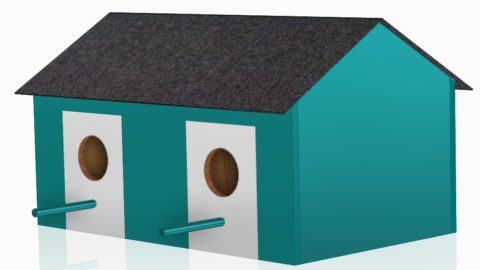Design a garden bird house
Tutorial
Design a garden bird house
Level: Middle School, High School
Difficulty: Beginner
Difficulty: Beginner
Use our free 3D CAD tutorial to design a garden bird house using CAD principles, sketching, assemblies, and exploded part views in Solid Edge.

